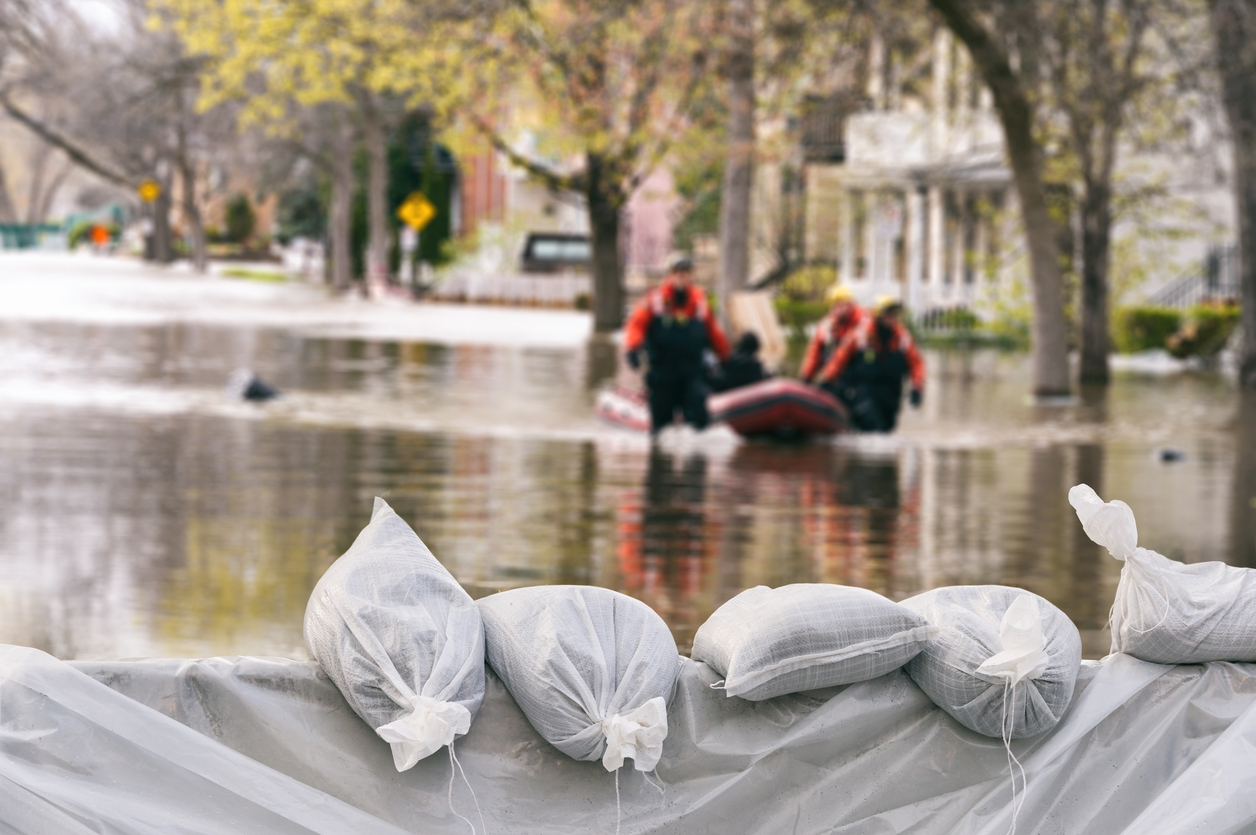As the federally backed National Flood Insurance Program (NFIP) faces obstacles in the rollout of its new rating program that is generating premium increases for many of its policyholders, the private flood insurance market has benefited by significantly growing its market share across the U.S., according to an issues brief published today by the Insurance Information Institute (Triple-I).
The issues brief, Flood: State of the Risk, indicated that the U.S. flood insurance market had grown 24 percent – from $3.29 billion in direct premiums written to $4.09 billion between 2016 and 2022 – with 77 private companies writing 32.1 percent of the flood business across the country as of Dec. 31, 2022.
“The timing of the private market’s increasing appetite for flood risk is fortuitous, as it coincides with Risk Rating 2.0, NFIP’s new pricing methodology that aims to make the government agency’s flood insurance premium rates more actuarially sound and equitable by better aligning them with individual properties’ flood risk,” Triple-I noted. “As NFIP rates become more aligned with principles of risk-based pricing, some policyholders’ prices are expected to fall, while many are going to rise.”
The issues brief stated, “It is reasonable to expect that, as the cost of participating in the government-run flood insurance program rises for some, private insurers will recognize the market opportunity and respond by applying cutting-edge data and analytics capabilities, more refined pricing techniques, and new products, such as parametric insurance, to seize those opportunities. It also is incumbent upon communities to explore innovative approaches like community-based disaster insurance programs.”
Triple-I said, “Increasing private-sector competition can only increase the opportunities to obtain affordable coverage. Unfortunately, as risk-management firm Milliman points out, “A relative lack of consumer demand compared to other property insurance offerings still gives carriers hesitation when trying to evaluate whether they should invest in launching their own private flood programs.”
Recent consumer research conducted by Triple-I, in partnership with reinsurer Munich Re, supports Milliman’s observation. Sixty-four percent of homeowners and renters surveyed responded that their residences were not at risk from flood, and another 14 percent were unsure of their flood risk. Proportionally few homeowners buy flood insurance unless their mortgage lender requires it, and surveys have shown that many people incorrectly believe their standard homeowners policies cover flood damage.














